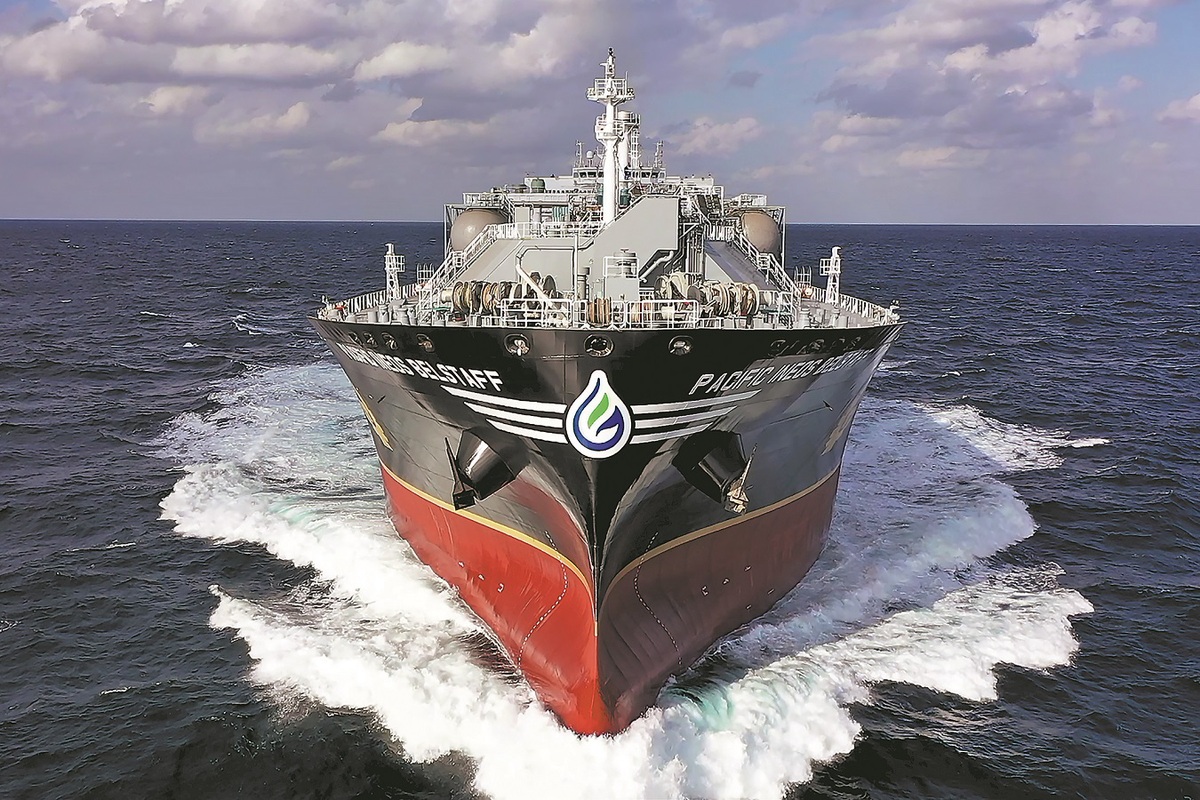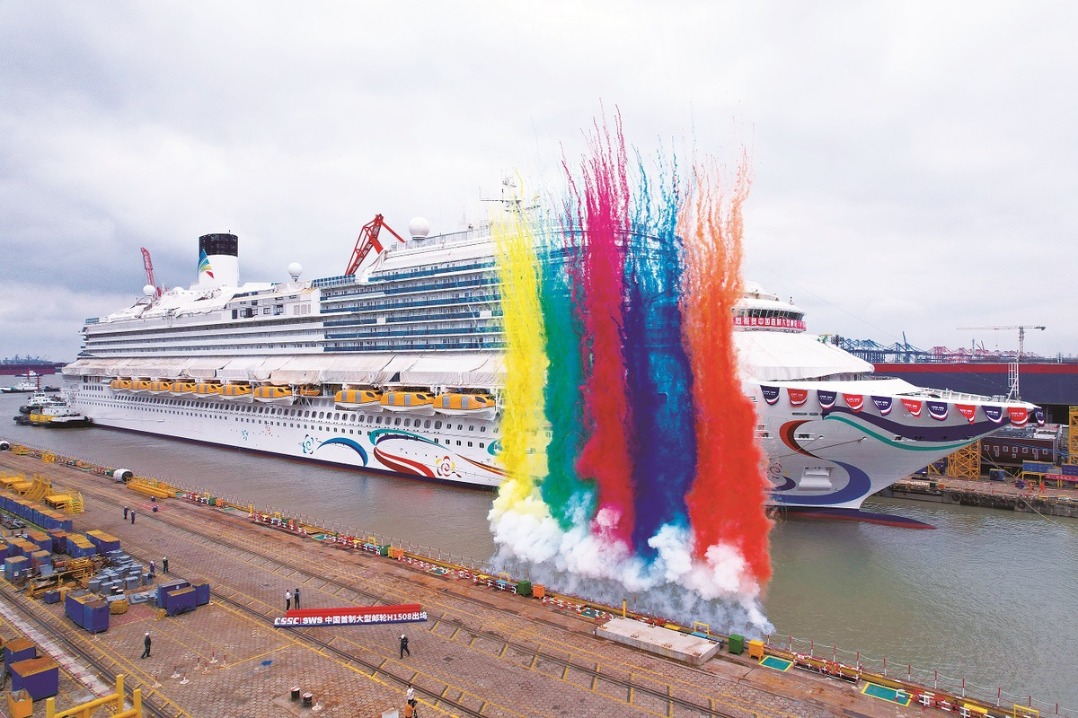Nation's shipbuilders ride crest of global success
US efforts to bolster capacity unlikely to faze well-established industry in China


Upgrade transition
Since then, China's shipbuilding industry has been on a fast track. New orders received grew from 6.56 million tons in 2002 to surpass 50 million tons in 2006, and doubled to 107.52 million tons in 2007.
The number of active shipbuilders in China also quickly increased from 79 in 2000 to 414 in 2008, according to a report by China Ship News.
Many of the industry's pioneers later started building high-end vessels that require greater technical skills, but also offer more added value.
Hudong-Zhonghua Shipbuilding (Group) Co, a Shanghai-based subsidiary of CSSC, started looking at constructing LNG carriers in the late 1990s, when the market was dominated by Japan, and later South Korea.
LNG carriers are recognized as one of the greatest maritime construction challenges, along with aircraft carriers and large-scale cruiseliners.
The building of these carriers had shifted from Europe to Asia back then, but Asian shipyards were unwilling to cooperate with Chinese counterparts for fear of losing their dominance, said Chen Jun, general manager of Hudong-Zhonghua Shipbuilding.
However, almost 10 years later in April 2008, Hudong-Zhonghua delivered China's first LNG carrier, Dapeng Sun, and broke the market dominance.
Hudong-Zhonghua has now delivered more than 40 LNG carriers of various types, and is on track to build the world's largest such carrier with a maximum carrying capacity of 271,000 cubic meters of liquefied natural gas.
To date, Hudong-Zhonghua has developed five generations of LNG carriers and become a global leader in LNG carrier building.
The company's shipyard is aiming to create a new record this year by having as many as 19 LNG carriers under construction at the same time. The shipbuilder is also planning to set a new record by delivering 13 LNG carriers in 2025.























